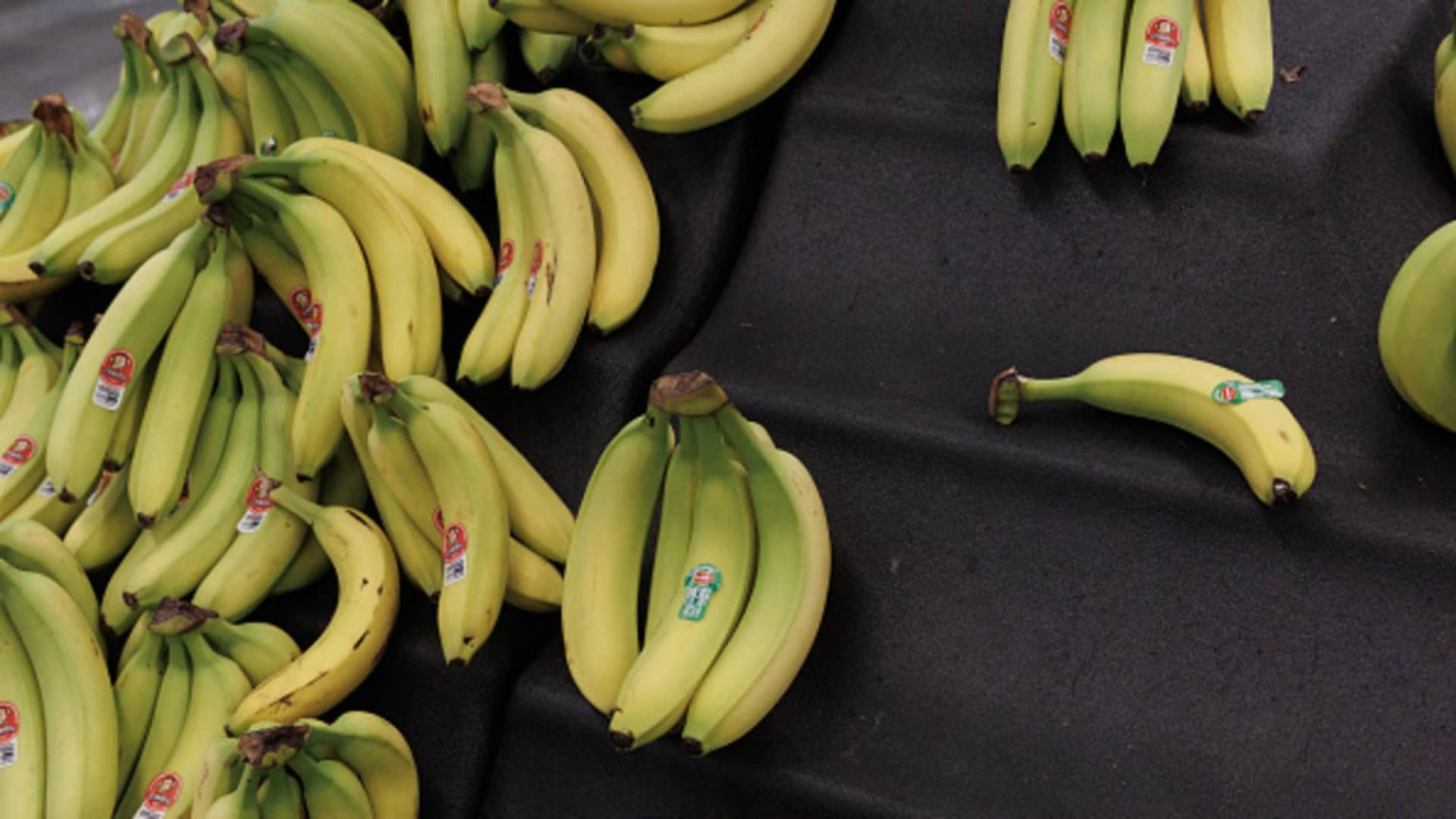The ongoing strike at East and Gulf Coast ports has led to panic buying among consumers, with items such as toilet paper and household goods flying off the shelves. The National Grocers Association is urging the public to remain calm, assuring that independent grocers are working to secure alternative supply options and manage inventory efficiently. While some fresh produce items may become unavailable due to the strike, they will be restocked quickly once it ends. The Department of Commerce has stated that nearly 90 percent of toilet paper used in the U.S. is domestically produced, with imports primarily coming from Canada and Mexico via road or rail. The National Retail Federation has also emphasized that retailers have been preparing for potential strikes for months, ensuring that essential products remain readily available and advising against panic buying.
Former Walmart CEO Bill Simon warned that panic buying could have a cascading effect on both imported and domestic products, affecting consumer behavior and prices. The U.S. supply chain has been streamlined to reduce costs, which means there is limited safety stock to cushion disruptions like a port strike. John Catsimatidis, owner of Gristedes supermarket chain, spoke out about the panic buying trend, particularly focusing on essentials like toilet paper and paper towels. He expressed concerns about the availability of produce and stressed the need for the Biden administration to intervene and facilitate negotiations to prevent further supply chain disruptions.
Stew Leonard, Jr., CEO of Stew Leonard’s grocery stores, noted that they had anticipated the strike and frontloaded supplies up to Thanksgiving. However, customers may need to adjust their expectations when it comes to fresh produce and fish, with potential changes in sourcing and increased prices due to logistics challenges. Leonard highlighted the impact on popular items like Brazilian shrimp, bananas, and mangos, which could see delays and price hikes as alternative transportation methods are used. He predicted that the cost of bananas could double in the short term, leading to consumer shifts in preferences and purchasing behavior.
The disruption at East and Gulf Coast ports has raised concerns about potential shortages and price increases for various products, along with the impact on consumer behavior. While reassurances have been made regarding essential items like toilet paper, the availability of fresh produce may be affected by the strike. The involvement of key players in the supply chain, such as retailers and independent grocers, is crucial in ensuring that essential goods remain accessible to consumers. However, the need for government intervention to resolve the strike and prevent further disruptions has been emphasized by industry leaders like John Catsimatidis, who called for invoking federal law to extend negotiations and mitigate supply chain stresses.
The situation highlights the interconnectedness of the supply chain and the vulnerabilities that can arise from external disruptions like a port strike. The limited flexibility in the current supply chain structure, combined with unexpected surges in demand due to panic buying, underscores the need for proactive measures to address crises effectively. As retailers and grocers work to manage inventory and secure alternative supply options, the cooperation of all stakeholders is essential in minimizing the impact on consumers and ensuring the continued availability of goods. By addressing the root causes of the strike and finding solutions that support the resilience of the supply chain, the industry can navigate through challenges and fulfill consumer needs in a stable environment.


